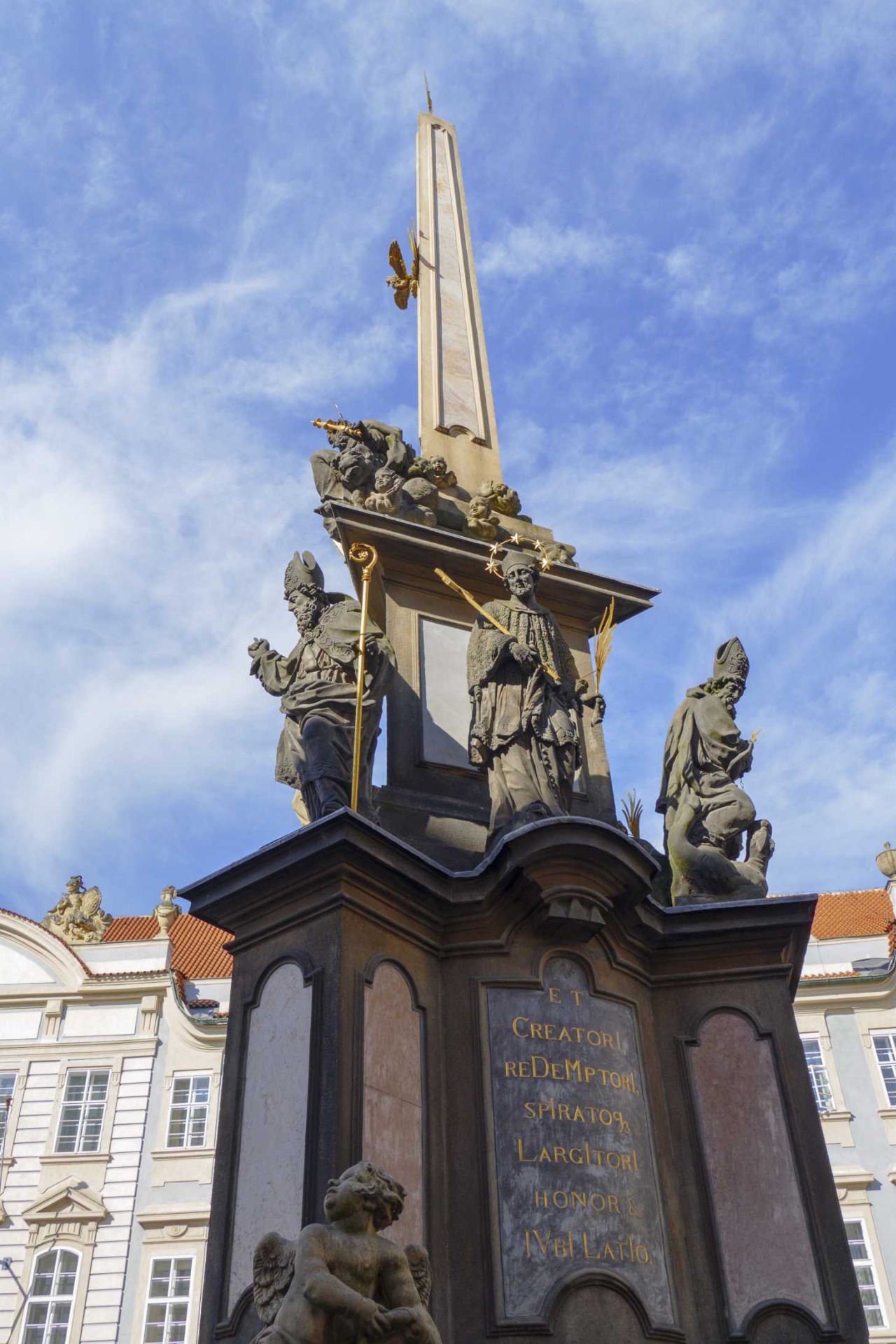Pharmacy/Alchemy
Medicine
Illness and death were part of everyday life for people living in 17. and 18. century. Miraculous healing was phenomenon of medicine in baroque age. In medicine, this age means birth of 'new experimental medical science'. The English doctor William Harvey, who confirmed big bloodstream, caused revolution in medicine. The development of medicine in the 17th century was connected with invention of microscope. Gained knowledge had influence on development of medicine, especially in surgery. In this age, it is possible to talk about the beginning of modern medicine which brought many new discoveries, but this progress didn't contain practical medicine. The progress of medicine was just on a theoretical level but didn't really touch ill people. People were still losing their fight for life on the beginning of 18th century. Wars and global trade were just getting things worse and bringing new health risks. Big wound for countries were epidemic, which caused enormous human mortality. Dramatic decline of population was caused by disease brought by war troops. Illness and epidemic were perceived as God's anger in this age. God was creator of all good and bad, so plague, too. Human pain was perceived as people's destiny and penalty for their behaviour from God.
Hospitals
Hospitals (or poorhouses) arised because of Christian obligation to help a neighbour. The occurrence of hospitals started at the end of the 10th century and they were established at monasteries and churches. Since the 16th century, there were also hospitals managed by towns and single people. Various military orders were entrusted to care of ill people and operation of hospitals. For example Knights Hospitaller, Knights Templar and Teutonic order. Doctors and healers were starting to appear in this hospitals because they used to be only accommodation without medical care.
Pharmacies
Church-ordered pharmacies started to develop since 17. century. These pharmacies didn't pay taxes and they weren't controlled as apothecary shops in towns. The reason was that monastic pharmacies were intended just for needs of monasteries and hospitals. Although they weren't public, pharmacies were giving medicine for free under a condition - they had to contribute to charity. A part of every pharmacy were inventories of medicinal herbs, herbals and recipe books. The basis of equipment for pharmacies were materia medica. Complex materia medica was consisted mostly of vegetal medicals, part of animal medicals (animal or human fat, milk, honey...) and little part of mineral and chemical medicals (gold, silver, copper, sulfur and various gems). The beginning of chemical medicals is associated with a famous doctor and alchemist called Paracelsus. He understood the human body as a chemical lab. Disorders of chemical processes in body caused illness, according to him. Body should be healed thanks to chemicals which should restore disturbed balance in body. He helped the development of medical science and pharmacy and established Iatrochemistry.
Hospital Kuks
Hospital Kuks was based by the count František Antonín Špork at the beginning of 18th century. It was meant as place to rest for retired soldiers. It is a significant baroque monument which was created by worldwide artists like architect Giovanni Batista Alliprandi and sculptor Matyáš Bernard Braun. The area of Hospital Kuks is famous for the monumental church of Trinity, cycle of wall paintings Dance of Death, statues of Virtues and Vices and one of the oldest pharmacies: the Pomegranate pharmacy.
Pomegranate pharmacy
The first pharmacist Hüder came to Kuks in 1743. The existence of pharmacy is dated since this year by brass mortars. The pharmacist's office is called oficina. The most important equipment in oficina was tare (pharmacy table). In the middle of tare, there was iron pomegranate tree with golden apples. This tree wasn't meant as a decoration but it was used for pharmacy purposes. Various aids were hanged up in tree branches. Medicals were prepared and given to ill people in oficina. Right above the front door to the oficina, there is a head of a unicorn. The unicorn's horn was a medicine against all poisons (antidote) in Baroque age. In fact, it is a narwhal's horn but until the 17 century, people thought it is real and used it as a medical powder.
Exchange in the Czech Republic
Black Plague
17th century
The plague spread from Italian Lombardy from 1679 or 1680, respectively, and from 1679 from Vienna to Moravia and to South Bohemia. In 1680, almost a third of the population raged especially in Prague, where, according to official records, twelve thousand people died. Central Bohemia was also heavily affected, mostly along main roads where mortality rates were over 50%. On the other hand, the plague was avoided in mountain areas. The epidemic had about 100.000 victims,
18th century
The epidemic came in 1713 from Hungary to Austria and Bohemia and in 1714 it struck Moravia and faded away in 1715. Prague was heavily affected, where thirteen thousand people died according to official records. 200,000 people died in Bohemia. Afterwards, sewerage began to emerge in major cities and the prevalence of epidemics was completely suppressed.
During the Baroque period, plague columns were built as a thanks for averting the plague, but the stucco decoration of the Golden Well House in Prague, for example, also has the theme of plague protectors. In the Baroque period, a number of saintly protectors are also expanding, e.g. Svatá Rozálie (her remains are said to have wiped out the epidemic in Palermo in 1624) or Karel Boromejský (treating the sick in the plague in Milan in 1576).
Quiz
Holy Trinity Column, Prague, Czech Republic
